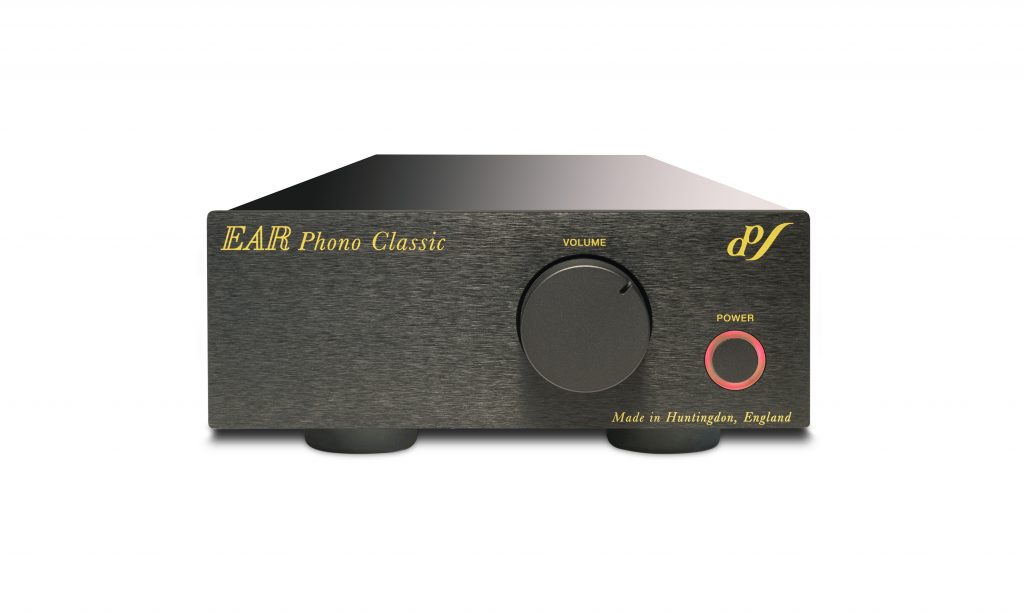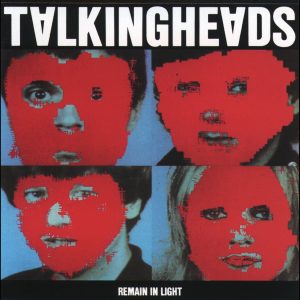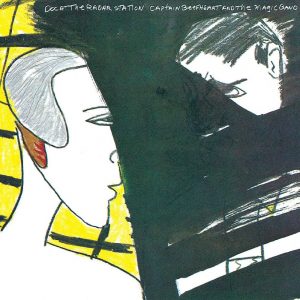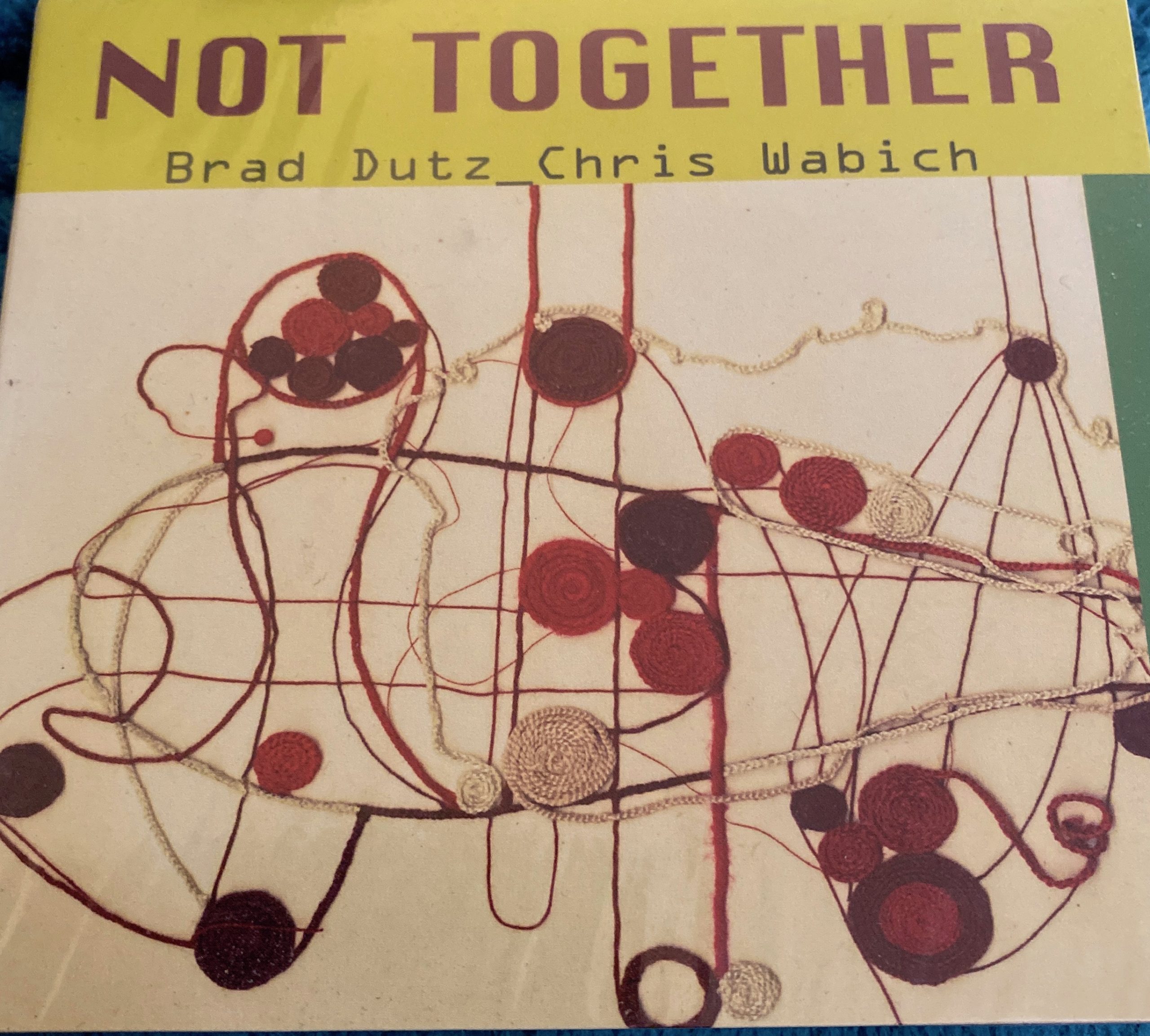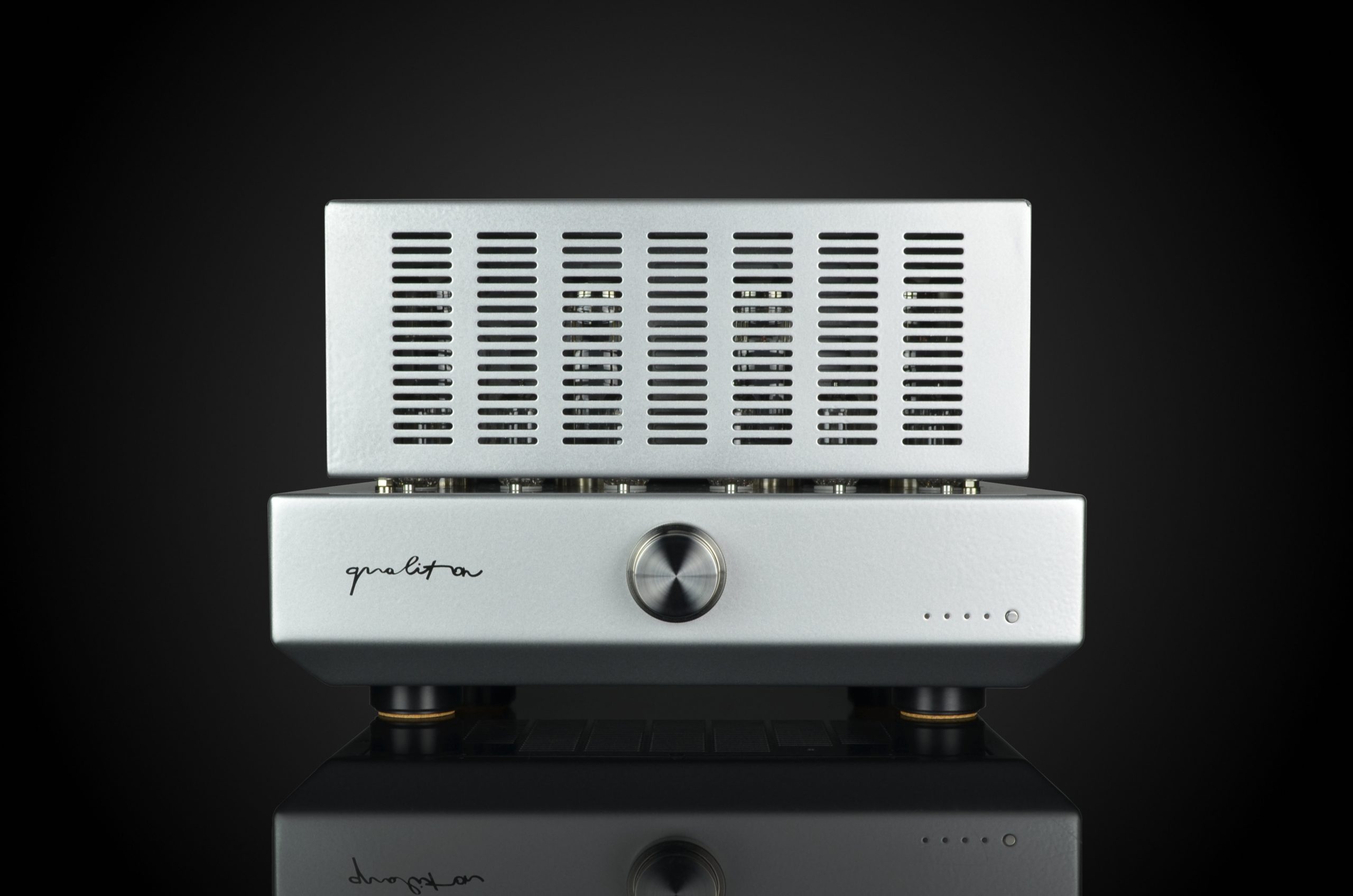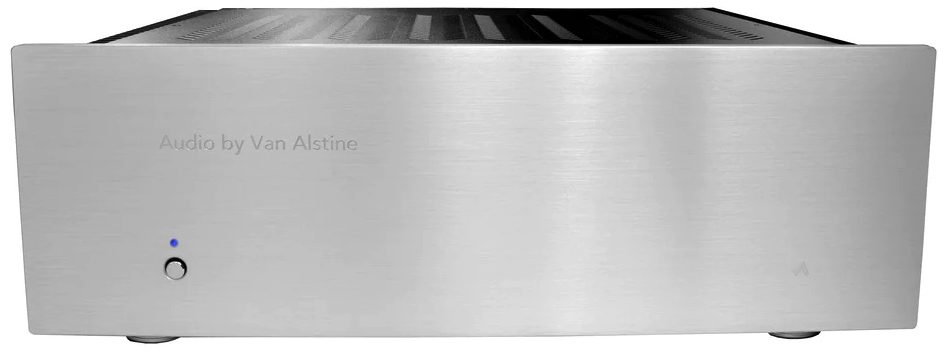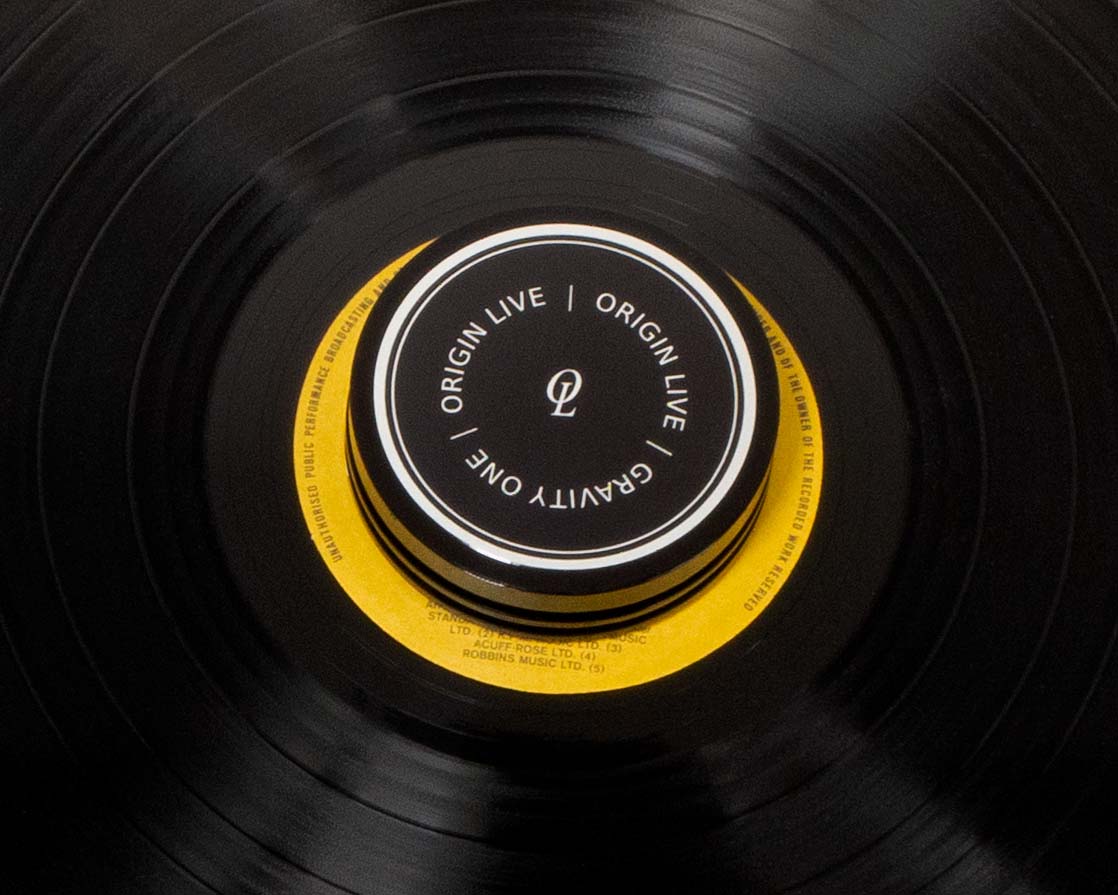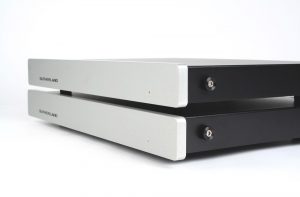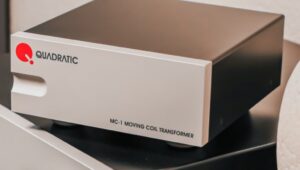A friend is a connoisseur of many things in life. At the intermission of a concert, he was puzzled that the audience was clapping as the pianist had made so many mistakes—he performed professionally. He pushed aside a meal at the first bite because it wasn't worth the calories. As a counterpoint, the first time he heard my analog setup nearly twenty years ago, he remarked, "That sounds really good." While joy is an important part of his life, praise is not so regular.
The preamp in my system at the time was an EAR Yoshino 834p bundled inside my EAR 864 preamp—designed by the late, great and missed audio guru, Tim de Paravicini. Was it the last word in detail? Imaging? Frequency extension? No on all three accounts. Bass was perhaps a little overfull, perhaps a bit indistinct, leading some to assert it sounded a bit slow. Top end extension did not reach the top branches of treble, nor was what was present of the finest filigree. But, it was a musical piece that allowed me and many, many others to enjoy music and pass muster with a musically knowledgeable connoisseur. Though the 834 first appeared around 1994 it has never been out of date.
I used that preamp for nearly fourteen years. I sold it because with a toddler and being the middle part of the sandwich generation, it seemed I'd never have time to listen to music again. If I could have run the 864 in a home theater bypass mode? I'd still have it, without complaint. Alas, the 864 does not. Though its bigger brother, the EAR 868, allows for home theater bypass, and without powering up the tubes. I sorted through a number of preamps until I found a preamp with home theater bypass that sounded good. But, I did not replace my phono stage.
With the Covid lockdown, and a now sixteen year old son, I was surprised to have time again to listen to vinyl. But, what to buy? With stores closed, what would I buy sight unseen, unheard? I contacted Dan Meinwald, yeomen EAR importer and asked to borrow EAR's new Phono Classic. Ken Kessler reviewed this same model under the name "PhonoBox." Despite the great weight of my multinational reach (not!), there were no review samples or even new A stock available. Covid-19 delayed the building and exporting of the UK product to our shores, hence a dearth of samples. There was, however, a single MM/MC "B stock" sample with a minor scratch. I bought it unheard. I rarely review something I haven't heard first let alone buy things unheard.
Whereas my iteration of the Tim de Paravicini designed 834P circuit featured three 12AX7s exclusively. Later iterations were shipped with 13D16 triodes—swap jumpers on the circuit board and users can deploy 12AX7's if they like. Tim de Paravicini switched to 13D16 tubes because he found it hard to source enough reliable 12AX7s. My Phono Classic was delivered with three 13D16 triodes. God knows why I didn't sell my stash of NOS 12AX7s, but they're on hand to check out the Phono Classic in hand.
The Phono Classic sports a new visual imprint thanks to de Paravicini's son. He's wrought a more pleasant geometry to look at. It's about the size and shape of a box of US size 5 shoes, but half the height. It is available with either a chrome or matte black face plate, each with or without a volume pot, i.e. fixed or variable output. My iteration was without the volume control. Off to the bottom right is an illuminated power button—when it's red it's plugged in but the circuit is not powered. Powering up turns the light to an amber color.
The Phono Classic comes in a few iterations. The least costly iteration sports a satin black finish for moving magnet cartridges at $1695. An iteration with gain sufficient for moving coil cartridges (via transformer) is $1895 and a chrome iteration accommodating both MM and MC is $2395. All moving magnet iterations provide 55dB of gain with input impedance of 47K Ohms, and all moving coil iterations provide 72dB of gain with 470 Ohms.
Mechanical build quality is quite good and robust. Electronically, EAR products seem to use tubes gently. I owned an EAR 802 and 864 preamp, one after the other for about 20 years. I had to replace only two tubes over those twenty years. I would expect that the Phono Classic will also gently use tubes. On its home page, EAR suggests tubes should last about 5,000 hours, barring random failure.
The owner's manual is slim with minimal instruction beyond safety. Aside from swapping tubes and cables, there are no user adjustable settings as far as I can tell. Thus, tube rolling and cable swapping are the paths to getting your Goldilocks settings, but, stock it should be no less than a pleasure to listen to. At or above the price of the Phono Classic, other preamps laud their ability to set gain and loading. I recently spent time with Pass Labs' XP17 phono stage that allowed adjusting those settings. Claims changing loading and gain... well there are differences, surely, but I think they're overstated. Were there differences? Yes. Was there a preferred setting? Yes. Were the others awful? No. There was a Goldilocks setting for me, but the others were merely uninspiring.
My eleven year reference cartridge, Dynavector's XX2 Mk II ($1995) offers 0.28mV of output. It's not the lowest output cartridge available, but is rather low. The Phono Classic's gain was more than enough. I also had a Grado Prestige Green ($125) which is a moving iron with more than ten times the XX2 Mk II's output so obviously gain was no problem.
I tried the Phono Classic with both my Amazon Model Two/Moerch DP-6 arm/ Dnavector and the Grado mounted on a Thorens TD125 Mk I, with an Audiocraft AC300 arm. The former leans more analytical than the latter, but neither are lacking in emotional content.
On With It
Starting out with my Thorens setup, I pulled out The Tony Bennett and Bill Evans Album. It was wonderful, and though a 1975 recording, it sounded more like the great jazz of the late 50's early 60s. It was no surprise to me that, this midrange centric album was treated well by the Phono Classic. Bennett, to me, often sounds on the edge of flat and maybe a penny short of emotionally engaging, or maybe that's just his later work. On this album with the Thorens, Bennett's voice was rich and round, and far more emotional than I recall him sounding previously. He's still not a Lady Day of emotional expression but Bennett held his notes. I put the album on to listen to one song to confirm my impressions and finished both sides before I knew it with a new found appreciation for Mr. Bennett.
Ella Fitzgerald's vocals on the title track of Fine and Mellow, a 1979 album, was smooth, sweet, relaxed, and Fitzgerald was oh so comfortable and comforting in front of the mic. The saxophone working on the album title/track featured a wonderfully rich and detailed timbre. The mid-range performance of the 834p was there, if a bit different, with honey being replaced by a slightly clearer presentation, albeit slightly dark. It retained the full-bodied sound of its predecessor. With regard to imaging, the sax was locatable in a slightly amorphous mix but neither my wishes nor my system are setup to optimize for great corporeal specificity.
To "test" the bottom end of the EAR I put on Talking Heads' Remain in Light and Captain Beefheart's Doc at the Radar Station via the Thorens. "Born Under Punches (The Heat Goes On)" and "The Great Curve" from the former and "Dirty Blue Gene" from the latter were a librarian's nightmare. Pace and rhythm? Certainly. Not the least bit slow, not loose and sloppy. Bass was rich, rather than dry and tight.
In any event, these polyrhythmic compositions were handled very pleasingly, if a bit nicer than real, but that did not get in the way of my foot bouncing to the rhythms. The Phono Classic's presentation maintained "space" for all the chaos to play out in front of me as a holistic mix or gestalt, rather than isolated sounds presented together. The Phono Classic sorted out the noise and sound and music in way that showcased a kind of rhythmic cubism.
Moving those same albums and songs to my previous reference Amazon Model Two turntable... yielded a more detailed and analytical sound. Tone and timbre were less juicy and saturated as one might expect... and one could say more realistic, if not quite so pleasing. Yeah, I can enjoy the a slightly euphonic sound of the Grado Green.
Through the Dynavector/Amazon/Moerch setup, Bennett sounded a bit flatter, though never off-key. While less rich and round, the realism of a live performance took greater shape. Fitzgerald was Fitzgerald, again, her older voice losing some of its richness and gaining a slightly more wispy quality. I put that quality to Fitzgerald and not my setup or the Phono Classic. Remain in Light sounded more like the drum circles I heard coming from Lower Sproul Plaza on weekends, fast and tight and polyrhythmic. "Dirty Blue Gene," a harsh recording to most, was a bit drier and grittier than with the Thorens.
My far more costly reference provided much improved image specificity; though not solidifying into a precise three dimensional hologram. There was greater evidence of attack and decay, presenting more of an angular and upfront experience. The sound here was more electron microscope detail than the sound you might hear while relaxing at bar or nightclub with atmospheric noise and distraction—which is more real music removed from environment, i.e. just the instruments or instruments playing with the sounds associated with being at a live event?
I recount only these performances, though I listened to the Phono Classic for nearly a year before writing this note listening to my range of late 50s jazz, Ry Cooder's early music and Pink Martini's rich redo of the pre-Rock 'n' Roll musical landscape. This, one could say, is a slightly more grownup version of de Paravicini's timeless masterpiece.
Caveats and Comparisons
Do you want the airiest treble? The most thunderous bass? Look elsewhere. The Phono Classic's treble is extended rather than rolled off. It presents the treble of "real acoustic" instruments in a realistic fashion. Sometimes an airy treble accompanies a lean midrange, that's an error the EAR doesn't make. While it's exciting to hear the "endless shimmer" of a cymbal, the excitement arises because it only occurs in reality when the treble region is bereft of other competing sounds—how often does that occur in music? Perhaps only when no other music or environmental sound is occurring simultaneously. Bass? "Real acoustic" instruments don't do thunderous bass—is the canon from the 1812 Overture really an instrument? My experience of live deep bass is that it's often more amorphous than "precise." On that account, the Phono Classic acquits itself.
The same tracks on the Thorens with Pass Labs' nearly three times as expensive XP17 was a bit more articulated, a bit tighter in the bottom end, but the two of these really enjoyable phono stages were positioned side by side more like well educated cousins than an uninformed rube plopped next to a professor. Neither the Pass Labs nor the Phono Classic gave away their solid state or tube motors. The XP17 is more finished, more elegant, more extended and images a bit better. But it's one race car nosing out another, not a faux race between a Corvette and your mother running down the street in her apron.
It was only in comparison to the almost three times the cost Pass Labs' XP17 that I heard a bit of the self-noise, and blur or smearing. Listening to the Phono Classic by itself, neither noise nor blurring would have occurred to me. The result of these characteristics is that the solid-state Pass, provides a more precise and slightly and I do mean slightly, more analytical presentation. I can imagine some would like and prefer the greater resolution, and somewhat cleaner musical lines, but fans of one could easily be fans of the other.
Conclusion
I did not enjoy writing this review. I am constrained by a need to communicate specific events as evidence of the Phono Classic's performance. I didn't listen to the phono stage to understand it, to be honest. I listened to enjoy music. A friend bequeathed a significant collection of vinyl to me. I combed through that for pleasure and discovery in search of joy. I got it. It's much easier to remember bad events than "capture" fun ones. Because you're on a ride and experiencing an event, not cataloging all the ways it's bad. Unless of course, your gig is to be a joyless connoisseur. That's not my game.
The Phono Classic, to be trite, is a classic. It's for music lovers wanting to enjoy their LPs of instruments being played in a real space. I believe my connoisseur friend would enjoy it, too. While electronica was served well enough for me, there are probably phono stages out there better suited to that music, and maybe music better replayed digitally? In any event, the Phono Classic's price is low enough that a wise man should choose it quickly. "One whip to a smart horse, one word to a smart man." Others will need to sample broadly to figure out their Goldilocks' choice. For many, the Phono Classic could be the Goldilocks' choice you lock on to. I'm keeping mine.
Phono Classic
Retail: $1895 (as reviewed)
EAR USA
562.422.4747 (Pacific Time)
Image courtesy of EAR USA. Shown with optional volume pot.




